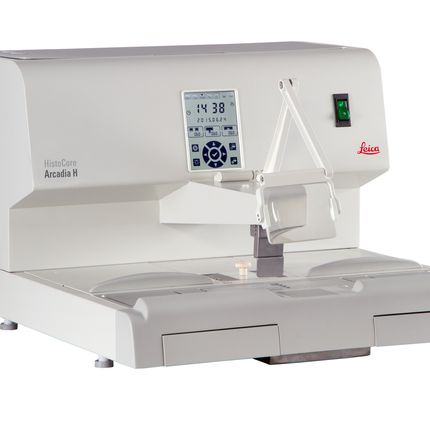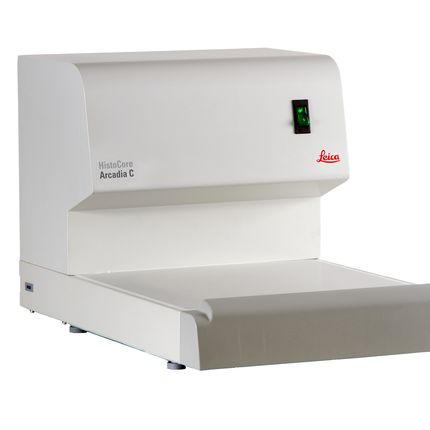-
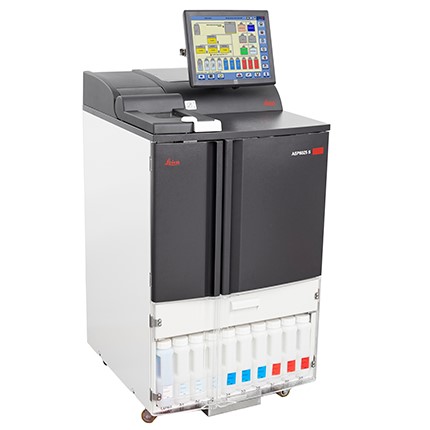 The New ASP6025 S is designed to improve your lab’s performance with quality-driven technology that optimizes tissue processing performance and supports rapid processing. Designed for increased performance and reliability, the new ASP6025 S processes up to 300 cassettes simultaneously for faster turnaround times.
The New ASP6025 S is designed to improve your lab’s performance with quality-driven technology that optimizes tissue processing performance and supports rapid processing. Designed for increased performance and reliability, the new ASP6025 S processes up to 300 cassettes simultaneously for faster turnaround times. -
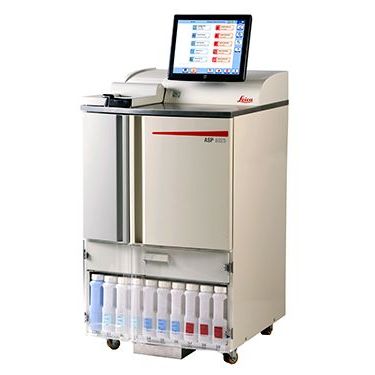 Focus on what’s critical: Quality, specimen safety, productivity. The ASP6025 supports diagnostic clarity thanks to an optimized reagent management system and validated processing protocols. Built-in safety features and reagent quality control deliver specimen protection and accurate processing results.
Focus on what’s critical: Quality, specimen safety, productivity. The ASP6025 supports diagnostic clarity thanks to an optimized reagent management system and validated processing protocols. Built-in safety features and reagent quality control deliver specimen protection and accurate processing results. -
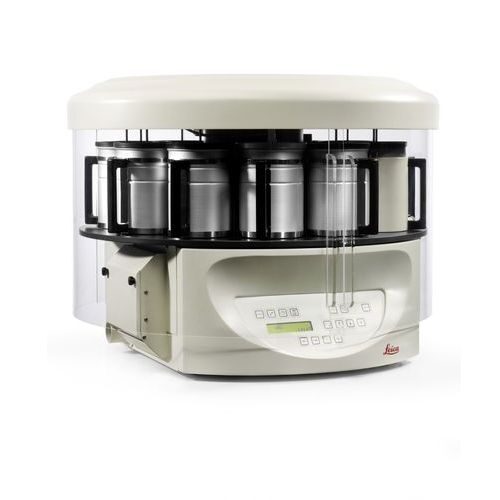 The Leica TP1020 tissue processor is available in four configurations: the basic instrument, the basic instrument with vacuum, the basic instrument with a fume control system and the basic instrument with both vacuum and fume control. Gentle specimen processing and a high level of specimen safety at all stages of the processing run are supported by the robust design based on precision mechanics in conjunction with a modern user interface.
The Leica TP1020 tissue processor is available in four configurations: the basic instrument, the basic instrument with vacuum, the basic instrument with a fume control system and the basic instrument with both vacuum and fume control. Gentle specimen processing and a high level of specimen safety at all stages of the processing run are supported by the robust design based on precision mechanics in conjunction with a modern user interface. -
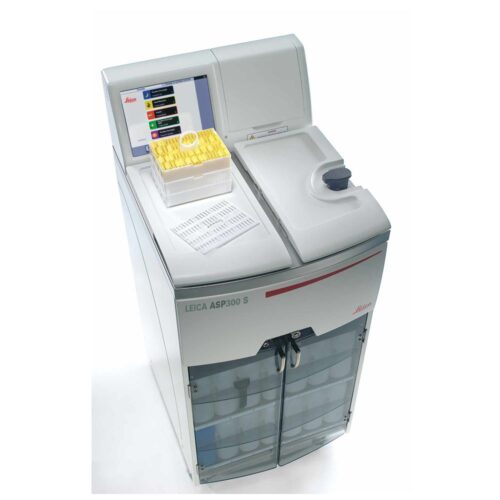 Designed for routine and research histopathology of up to 300 cassettes. Proven technology combined with top quality components. Optional RemoteCare diagnostic provide superior instrument reliability. Simplify user operations with an intuitive user interface, color touch screen and a variety of "smart" features. Improve specimen quality and laboratory economy with the Reagent Management System and quick start for commonly used programs.
Designed for routine and research histopathology of up to 300 cassettes. Proven technology combined with top quality components. Optional RemoteCare diagnostic provide superior instrument reliability. Simplify user operations with an intuitive user interface, color touch screen and a variety of "smart" features. Improve specimen quality and laboratory economy with the Reagent Management System and quick start for commonly used programs. -
 HistoCore PEARL is a compact instrument with a small footprint to maximize your laboratory space. It also provides the essential features needed for added safety, efficient tissue processing and optimized workflows.
HistoCore PEARL is a compact instrument with a small footprint to maximize your laboratory space. It also provides the essential features needed for added safety, efficient tissue processing and optimized workflows. -
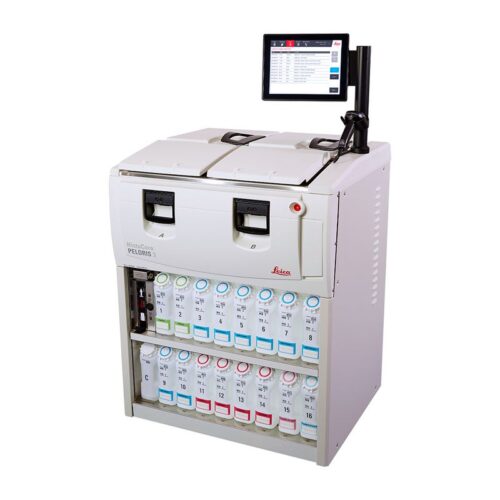 Build your future with HistoCore PELORIS 3. Meet today's workflow demands and build your lab's capacity for the future. With a HistoCore PELORIS 3 tissue processor, feel confident with Track and Trace features designed to maximize productivity for efficient and flexible workflow, while maintaining quality.
Build your future with HistoCore PELORIS 3. Meet today's workflow demands and build your lab's capacity for the future. With a HistoCore PELORIS 3 tissue processor, feel confident with Track and Trace features designed to maximize productivity for efficient and flexible workflow, while maintaining quality. -
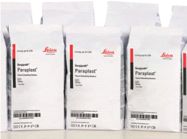 Unit Size: Box with 8 x 1kg/c
Unit Size: Box with 8 x 1kg/c -
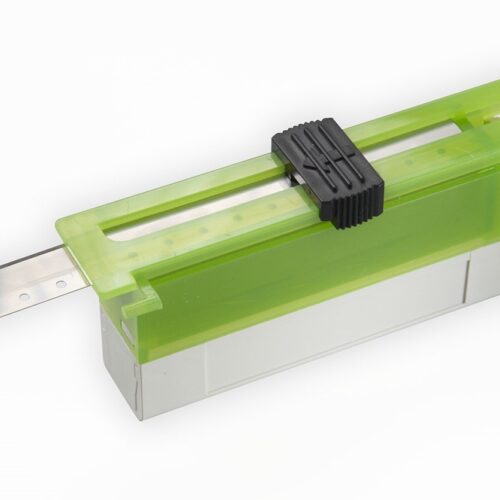 Unit Size: Case with 500 Each
Unit Size: Case with 500 Each -
 Unit Size: Box with 50 Each
Unit Size: Box with 50 Each -
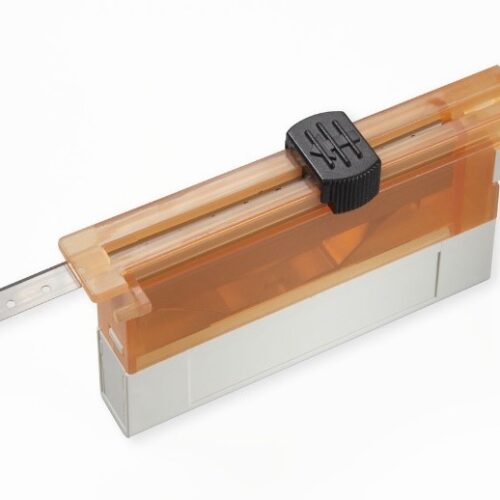 Unit Size: Case with 500 Each
Unit Size: Case with 500 Each -
 Unit Size: Box with 50 Each
Unit Size: Box with 50 Each -
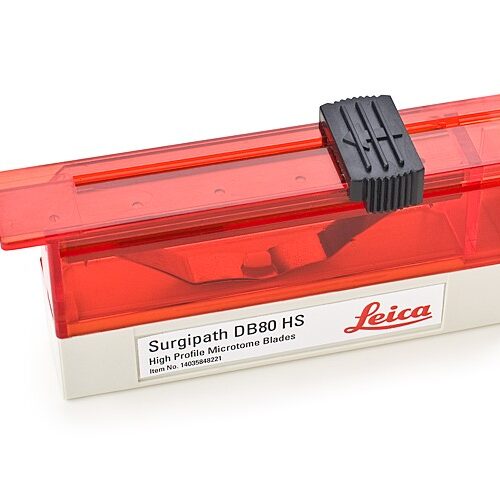 Unit Size 50 Each
Unit Size 50 Each -
 Unit Size 500 Each
Unit Size 500 Each -
 Unit Size 50 Each
Unit Size 50 Each -
 Unit Size 500 Each
Unit Size 500 Each -
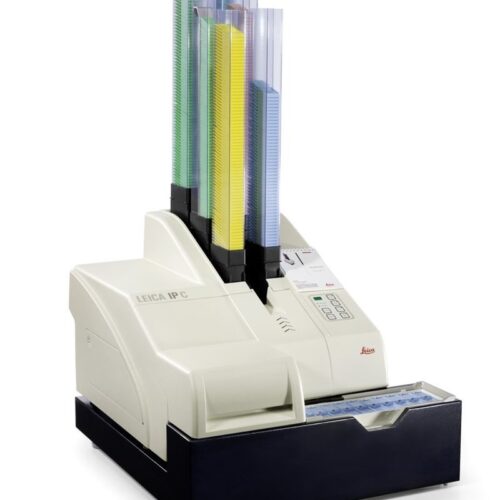 The Leica IP C has been designed for versatile printing of tissue cassettes, including cassettes with lids and two different imprint angles.
The Leica IP C has been designed for versatile printing of tissue cassettes, including cassettes with lids and two different imprint angles. -
 The Compact Slide Printing Solution that helps to reduce errors and maintain efficiency. We know how important patient safety is to your laboratory. With the PERMA S slide printer solution you can print individual slides at any microtome workstation. This provides the confidence that you have the right patient tissue associated with the right case number. On-demand direct printing helps reduce the risk of specimen misidentification and securely links patients to samples. The HistoCore PERMA S slide printer, combined with the validated PERMASLIDE slides, generates the high-quality printed barcodes required in your laboratory.
The Compact Slide Printing Solution that helps to reduce errors and maintain efficiency. We know how important patient safety is to your laboratory. With the PERMA S slide printer solution you can print individual slides at any microtome workstation. This provides the confidence that you have the right patient tissue associated with the right case number. On-demand direct printing helps reduce the risk of specimen misidentification and securely links patients to samples. The HistoCore PERMA S slide printer, combined with the validated PERMASLIDE slides, generates the high-quality printed barcodes required in your laboratory. -
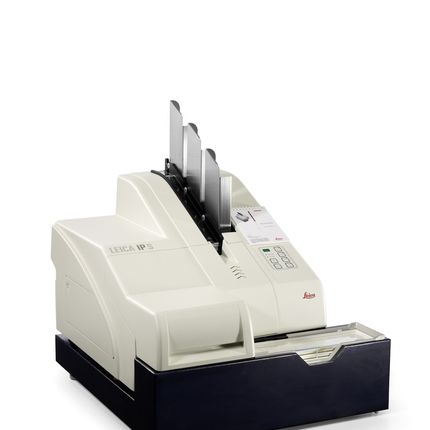 The Leica IP S imprints standard microscope slides, taking only four seconds per imprint when running in serial mode. A patented ink, specially designed for Leica Microsystems, makes imprints resistant to chemical exposure and physical wear. Whether alphanumeric characters, barcodes or logos, the print resolution is always excellent with good legibility. A specific advantage of barcode imprints is the tracking possibility of the probe within the complete histology workflow and additionally the reliable archiving with quick and accurate case identification. An optional external magazine is available to pre-load slides.
The Leica IP S imprints standard microscope slides, taking only four seconds per imprint when running in serial mode. A patented ink, specially designed for Leica Microsystems, makes imprints resistant to chemical exposure and physical wear. Whether alphanumeric characters, barcodes or logos, the print resolution is always excellent with good legibility. A specific advantage of barcode imprints is the tracking possibility of the probe within the complete histology workflow and additionally the reliable archiving with quick and accurate case identification. An optional external magazine is available to pre-load slides. -
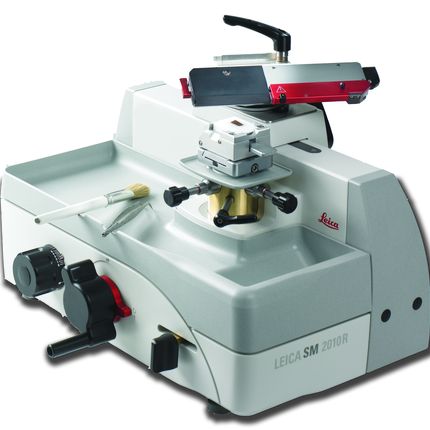 With smooth movement of the sledge, precision specimen orientation, and emphasis on safety and ergonomics, the SM2010 R produces high quality sections for routine histopathology (paraffin). The stable sliding microtome has a totally enclosed micrometer feeding system with an ergonomically positioned object head close to the user. The smooth-running sledge can be locked in 11 positions by using the easily accessible sledge brake.
With smooth movement of the sledge, precision specimen orientation, and emphasis on safety and ergonomics, the SM2010 R produces high quality sections for routine histopathology (paraffin). The stable sliding microtome has a totally enclosed micrometer feeding system with an ergonomically positioned object head close to the user. The smooth-running sledge can be locked in 11 positions by using the easily accessible sledge brake. -
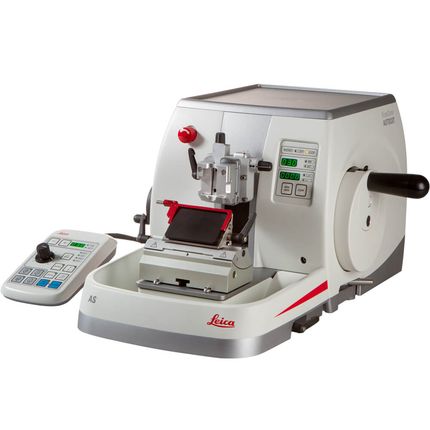 The new generation of microtomes from Leica Biosystems is built upon our 145+ year heritage of market-leading microtome design. It allows users to select among automated, semi auto-automated, or manual sectioning modes based their personal preferences.
The new generation of microtomes from Leica Biosystems is built upon our 145+ year heritage of market-leading microtome design. It allows users to select among automated, semi auto-automated, or manual sectioning modes based their personal preferences. -
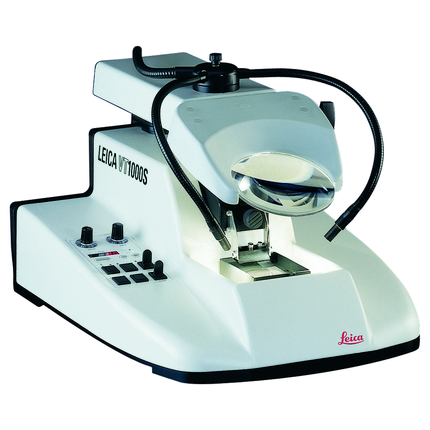 The Leica VT1000 S vibrating blade microtome is the instrument of choice for high-quality sectioning requirements in neurophysiology, neuropathology experimental pathology), Botany (roots and plants) and Industry (foams).
The Leica VT1000 S vibrating blade microtome is the instrument of choice for high-quality sectioning requirements in neurophysiology, neuropathology experimental pathology), Botany (roots and plants) and Industry (foams). -
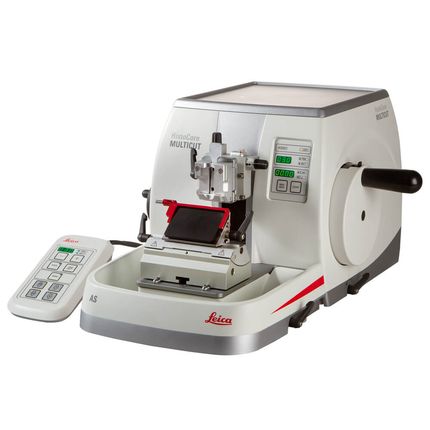 When you need the precision and speed of manual sectioning with the efficiency benefits of a semi-automated setup, the HistoCore MULTICUT saves the day. The new generation of microtomes from Leica Biosystems is built upon our 145+ year heritage of market-leading microtome design. Combining the speed of a manual microtome with the precision of motorized specimen feeding, MULTICUT helps you get consistent, reproducible sections. Produce high quality sections for IHC when using MULTICUT with the RM CoolClamp.
When you need the precision and speed of manual sectioning with the efficiency benefits of a semi-automated setup, the HistoCore MULTICUT saves the day. The new generation of microtomes from Leica Biosystems is built upon our 145+ year heritage of market-leading microtome design. Combining the speed of a manual microtome with the precision of motorized specimen feeding, MULTICUT helps you get consistent, reproducible sections. Produce high quality sections for IHC when using MULTICUT with the RM CoolClamp. -
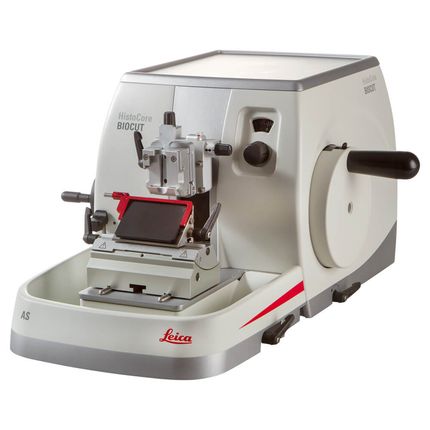 The new generation of microtomes from Leica Biosystems is built upon our 145+ year heritage of market-leading microtome design. With new options such as the personalized coarse feed wheel and 2-in-1 blade holder, it ranks among the most ergonomically-friendly microtomes on the market. Quickly and efficiently select the turn direction most comfortable for you with the Personalized Coarse Feed Wheel.
The new generation of microtomes from Leica Biosystems is built upon our 145+ year heritage of market-leading microtome design. With new options such as the personalized coarse feed wheel and 2-in-1 blade holder, it ranks among the most ergonomically-friendly microtomes on the market. Quickly and efficiently select the turn direction most comfortable for you with the Personalized Coarse Feed Wheel. -
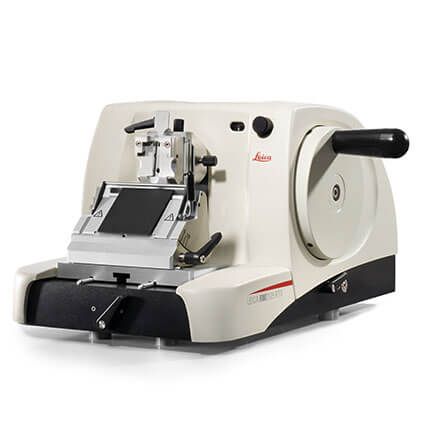 The RM2125 RTS manual microtome has the essential features you need for safe, economic sectioning and optimized workflows.
The RM2125 RTS manual microtome has the essential features you need for safe, economic sectioning and optimized workflows. -
 The Leica CM1520 is the best-value cryostat available for cryosectioning including critical applications such as Mohs surgery. The Leica CM1520 delivers high-quality sections the fast, simple and efficient way. Time is crucial when sectioning frozen specimens. An actively cooled quick freezing shelf with defrost function and a powerful refrigeration system are provided to get rapid results.
The Leica CM1520 is the best-value cryostat available for cryosectioning including critical applications such as Mohs surgery. The Leica CM1520 delivers high-quality sections the fast, simple and efficient way. Time is crucial when sectioning frozen specimens. An actively cooled quick freezing shelf with defrost function and a powerful refrigeration system are provided to get rapid results. -
 Primarily designed for the demanding needs of cryosectioning in biomedical, neuro-anatomical and pharmaceutical research. The Leica CM3050 S cryostat features superior user comfort with excellent safety standards for practically all types of cryosectioning applications. It is the instrument of choice for all research applications and for advanced clinical cryosectioning needs. Particularly when working with delicate specimens – for example brain samples in neuroscience – the precise specimen orientation and the specimen feed system guarantees reproducible, thin, serial sections of maximum quality.
Primarily designed for the demanding needs of cryosectioning in biomedical, neuro-anatomical and pharmaceutical research. The Leica CM3050 S cryostat features superior user comfort with excellent safety standards for practically all types of cryosectioning applications. It is the instrument of choice for all research applications and for advanced clinical cryosectioning needs. Particularly when working with delicate specimens – for example brain samples in neuroscience – the precise specimen orientation and the specimen feed system guarantees reproducible, thin, serial sections of maximum quality. -
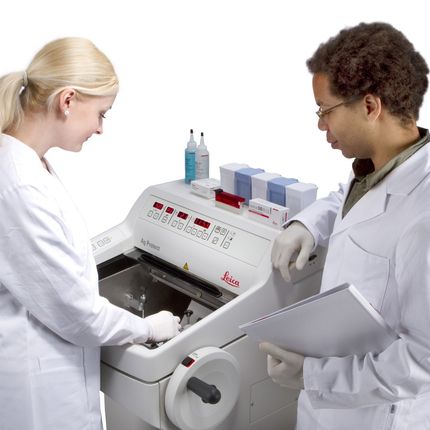 Leica CM1950 is the cryostat for Standard Applications in the Clinical Histopathology Laboratory. It is your perfect assistant for high-quality, fast and safe sectioning. This high-throughput cryostat delivers diagnostic confidence by reliably producing quality sections to help provide an accurate diagnosis - even with the most complicated tissue types.
Leica CM1950 is the cryostat for Standard Applications in the Clinical Histopathology Laboratory. It is your perfect assistant for high-quality, fast and safe sectioning. This high-throughput cryostat delivers diagnostic confidence by reliably producing quality sections to help provide an accurate diagnosis - even with the most complicated tissue types. -
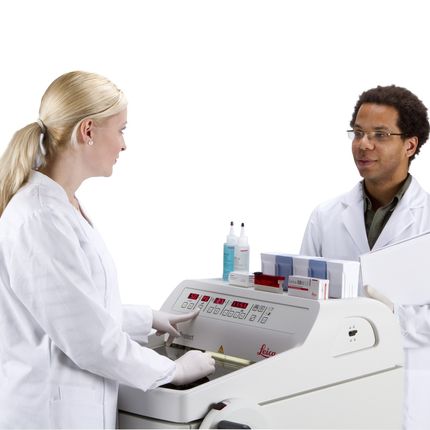 The Leica CM1860 UV, developed with an emphasis on diagnostic confidence, safety and ergonomics, is the cryostat for histopathology laboratory applications. The high-throughput cryostat creates diagnostic confidence by reliably producing quality sections that help provide an accurate diagnosis.
The Leica CM1860 UV, developed with an emphasis on diagnostic confidence, safety and ergonomics, is the cryostat for histopathology laboratory applications. The high-throughput cryostat creates diagnostic confidence by reliably producing quality sections that help provide an accurate diagnosis. -
 Leica CM1950 cryostat design is the result of extensive customer consultations.
Leica CM1950 cryostat design is the result of extensive customer consultations. -
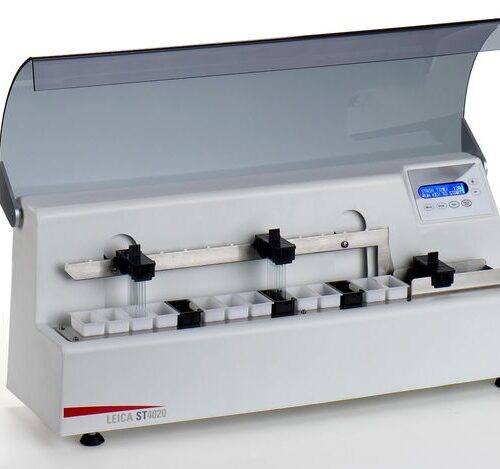 Leica ST4020 Small Linear Stainer delivers consistent quality in a compact design.
Leica ST4020 Small Linear Stainer delivers consistent quality in a compact design. -
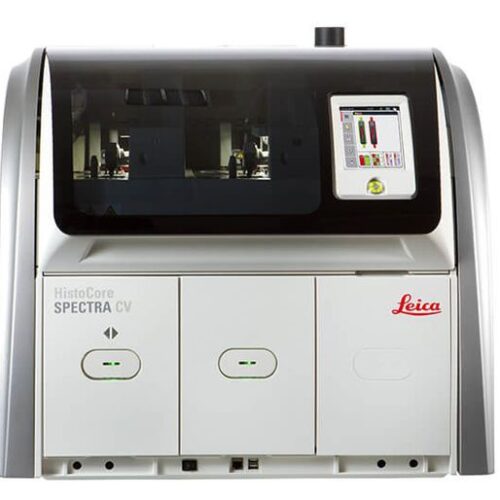 The first and only solution in the market with dual glass coverslip lines enabling the highest throughput: up to 570 dried slides per hour. With an integrated hot air-drying oven, it achieves a drying time of only 5 minutes, providing the fastest turnaround time for your lab.
The first and only solution in the market with dual glass coverslip lines enabling the highest throughput: up to 570 dried slides per hour. With an integrated hot air-drying oven, it achieves a drying time of only 5 minutes, providing the fastest turnaround time for your lab. -
 The Leica CV5030 fully automated glass coverslipper produces slides with superior optical quality for reliable long-term storage. Its capability of handling a large variety of slide racks from different suppliers makes the Leica CV5030 very flexible. Most common mounting media, including xylene-free varieties, can be used. The operator can choose wet or dry coverslipping. The CV5030’s performance achieves three goals: Highly consistent and reliable coverslipping quality, full adaptation to individual laboratory set-ups, integration into staining/coverslipping workstations to form a fully automated, user-friendly operation system.
The Leica CV5030 fully automated glass coverslipper produces slides with superior optical quality for reliable long-term storage. Its capability of handling a large variety of slide racks from different suppliers makes the Leica CV5030 very flexible. Most common mounting media, including xylene-free varieties, can be used. The operator can choose wet or dry coverslipping. The CV5030’s performance achieves three goals: Highly consistent and reliable coverslipping quality, full adaptation to individual laboratory set-ups, integration into staining/coverslipping workstations to form a fully automated, user-friendly operation system. -
 The HistoCore SPECTRA ST is a high throughput routine H&E stainer with the uncompromised flexibility to process H&E and special stains simultaneously by maintaining high throughput. The optimized and validated protocols with specifically designed consumables provide unmatched and consistent staining results for the wide range of intensities pathologists expect.
The HistoCore SPECTRA ST is a high throughput routine H&E stainer with the uncompromised flexibility to process H&E and special stains simultaneously by maintaining high throughput. The optimized and validated protocols with specifically designed consumables provide unmatched and consistent staining results for the wide range of intensities pathologists expect.


